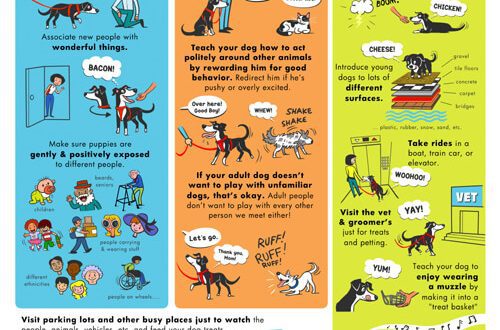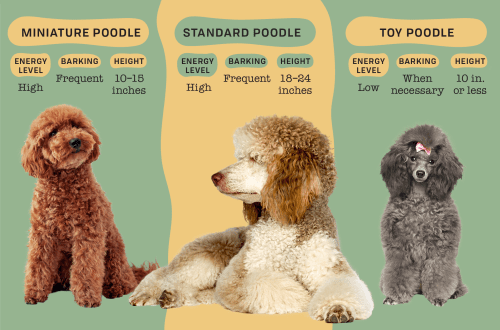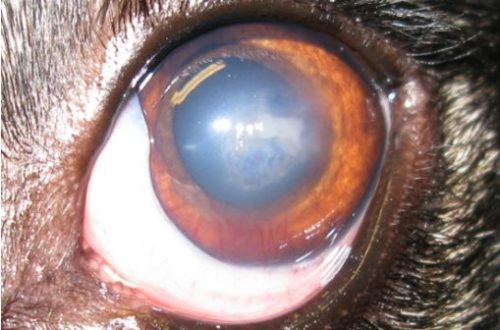
Heterochromia in dogs: why the pet’s eyes are different colors
Although different eye color in a dog seems to be a unique phenomenon, in fact it is quite common among individual breeds. What Causes Heterochromia in Dogs and Can It Lead to Health Problems?
Contents
Why do dogs have different eyes
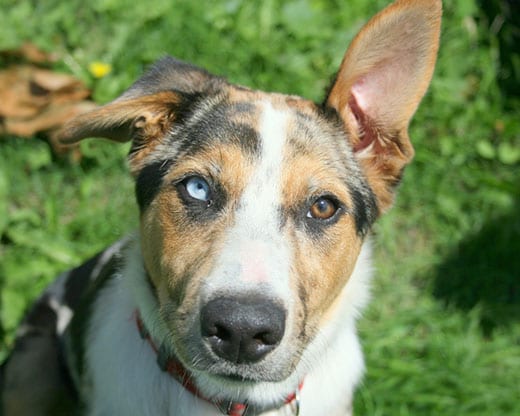 Heterochromia is a scientific term for a difference in eye color. It is observed not only in dogs, but also in cats, horses, and sometimes in humans. Heterochromia is caused by the complete or partial absence of melanin pigment in one of the two eyes. In dogs with heterochromia, due to a lack of melanin, one eye becomes blue or bluish-white.
Heterochromia is a scientific term for a difference in eye color. It is observed not only in dogs, but also in cats, horses, and sometimes in humans. Heterochromia is caused by the complete or partial absence of melanin pigment in one of the two eyes. In dogs with heterochromia, due to a lack of melanin, one eye becomes blue or bluish-white.
Heterochromia in dogs is often hereditary, that is, it is transmitted genetically. As Dogster points out, it can also be acquired later in life due to an eye injury or disease.
Hereditary heterochromia is not a cause for concern, but if you suddenly notice that one of the dog’s eyes is changing color, you should contact your veterinarian for an ophthalmological check.
Types of Heterochromia
There are three types of heterochromia:
- Heterochromia of the iris. This condition is called complete heterochromia: one eye is completely different in color from the other.
- Sectoral heterochromia. In this case, the iris becomes blue only partially.
- Central heterochromia. In this type of deviation, the blue color comes out of the pupil, mixing with another color in a spike-like pattern.
Dog breeds with heterochromia
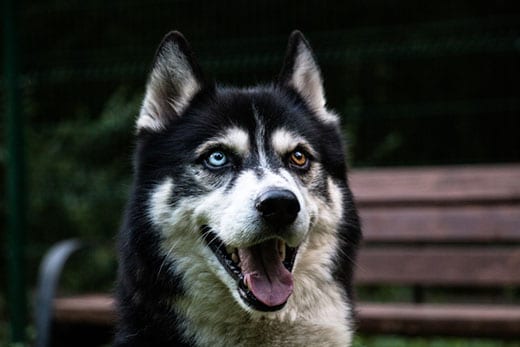 Heterochromia is most common in the following breeds:
Heterochromia is most common in the following breeds:
- Australian Cattle Dog.
- Australian Shepherd.
- Border Collie.
- Chihuahua.
- Dachshund.
- Dalmatian.
- Great Dane.
- Shetland Sheepdog.
- Siberian Husky.
- Shih Tzu.
As Dogster writes, the color and pattern of a dog’s coat also seems to influence the manifestations of heterochromia. As a rule, it is more common in dogs with spotted, marbled or white coloration on and around the head.
Iris heterochromia is most common in Huskies, Dalmatians, Australian Shepherds, and Cattle Dogs. The remaining breeds are more prone to the other two types of heterochromia.
Different eye color in dogs: is it dangerous?
Contrary to popular belief that different colored eyes in dogs are a sign of blindness or vision problems, dogs with hereditary heterochromia have normal vision. It is believed that pets with such eyes have hearing problems. This is not the case in the vast majority of cases, although Dogster notes that deafness is more common among Dalmatians with different eyes.
Acquired heterochromia can be the result of an eye injury or disease. It may have symptoms similar to some eye diseases, including cataracts and glaucoma. If the dog’s eyes have begun to change color, it is important to take the dog to the veterinarian for a checkup in a timely manner.
Most dogs with heterochromia do not have any associated health problems. They just look a little more unique!



